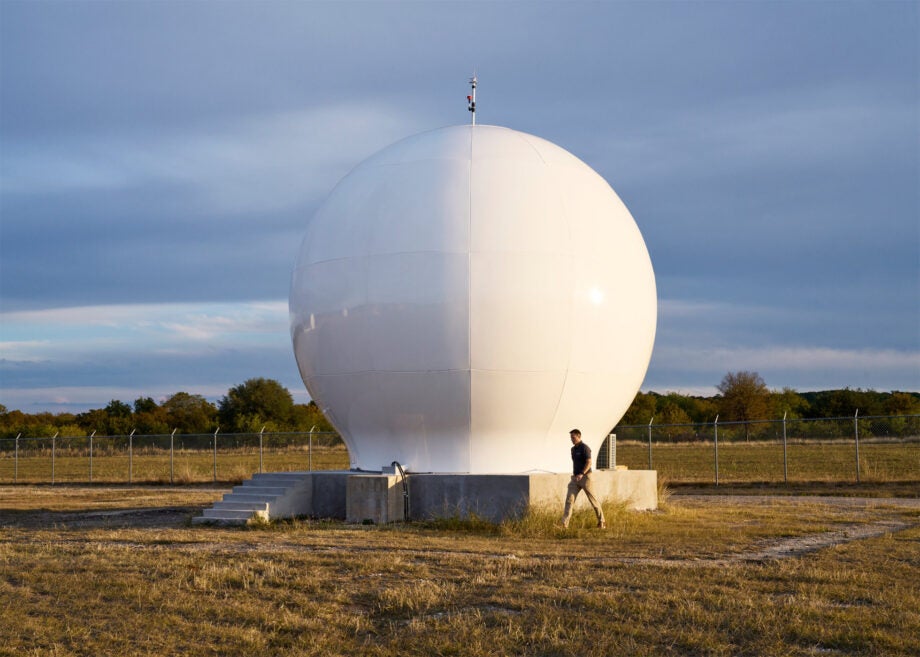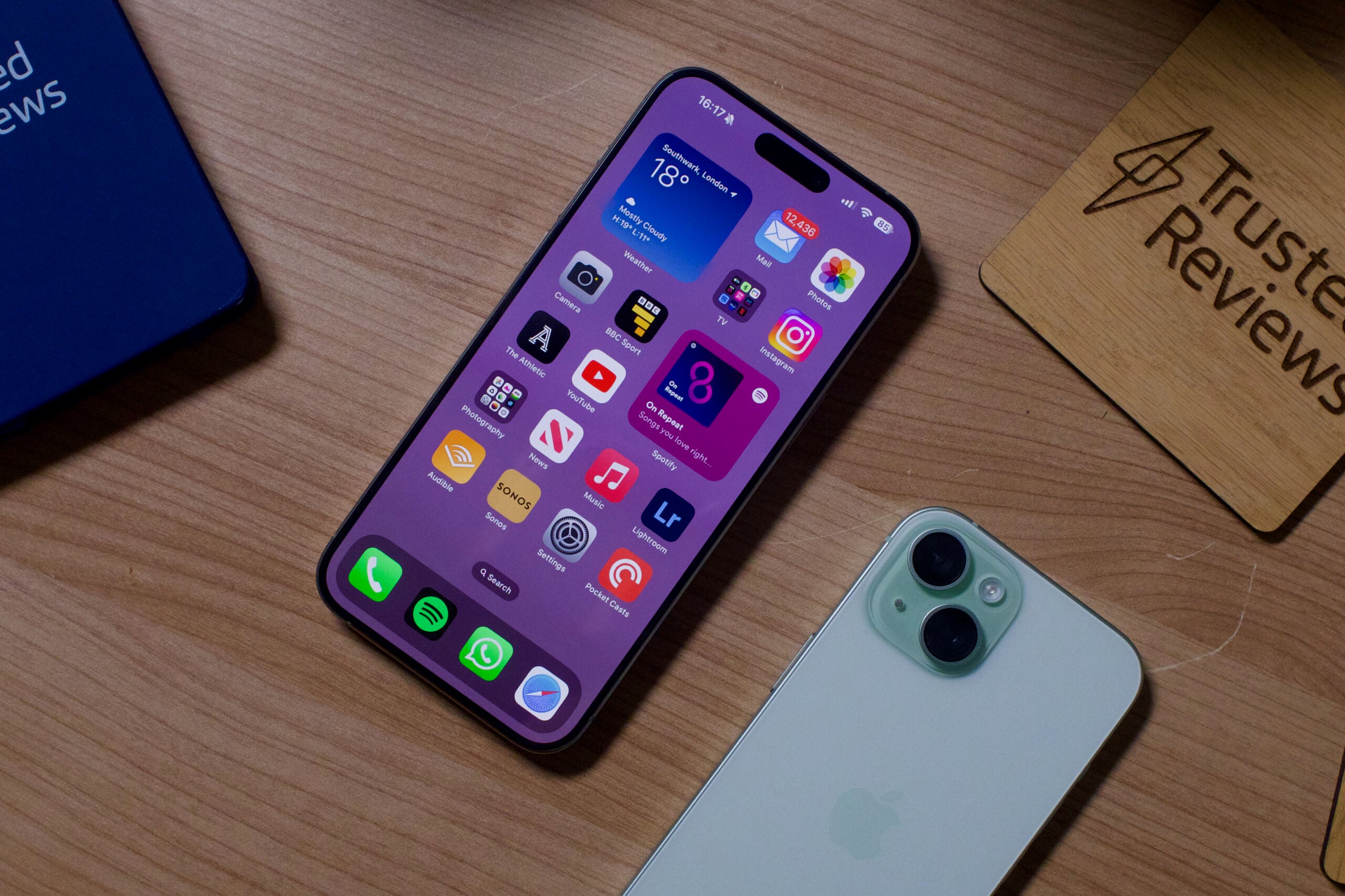iPhone 14 Emergency SOS satellite messaging is ready for liftoff

Apple has confirmed the Emergency SOS satellite messaging feature for iPhone 14 and iPhone 14 Pro is almost ready for liftoff in the United States and Canada.
The company has announced the service, which helps iPhone users make contact with the emergency services when out of Wi-Fi and cellular range, will launch later this month. It could be part of iOS 16.2 scheduled to arrive in the coming weeks.
Emergency SOS relies on satellites in low-earth orbit, in particular the 24 Globalstar satellites doing laps of the planet at 16,000mph. When the service launches, iPhone users can send a compressed message to one of those satellites, which is beamed down to stations located on the ground.
To speed up the process, Apple’s service will seek to glean as much information from the iPhone user in-need through a series of questions before sending the text message to the emergency services, via the satellites.
To help get the service off the ground, so to speak, Apple has announced it has invested $450 million from its Advanced Manufacturing Fund in the critical infrastructure. The majority of that funding has gone to Globalstar, while the company has also invested in new high-power antennas deployed at the ground stations, which have been designed exclusively for the service.
“Emergency SOS via satellite is a perfect example of how American ingenuity and technology can save lives,” said Jeff Williams, Apple’s chief operating officer in a press release. “We are proud this service is enabled by leading US companies, and that our users can explore off-the-grid areas knowing they are still within reach of emergency services if they are in need.”
Apple has not mentioned when it plans to make the Emergency SOS service available outside of North America.
The company has invested a lot in potentially life-saving technology within its iPhone and Apple Watch line recently. The iPhone 14 range, for instance, now offers Crash Detection, which will automatically notify the emergency services if it detects you’ve been in an accident.





